“Down in Enterprise’s hangar deck were the shredded remains of Torpedo Six—just four TBD-1 Devastators, two of them badly shot up. How the survivors got home and landed at all was a miracle. They were shot full of holes and about half of their fuselage skin was missing. One of those planes had only four aluminum pipes connecting the tail section to the rest of the plane. It looked like a gutted fish with only the head and tail intact. It was so badly filleted as to be useless even for parts. The crew shoved it overboard.
“Tom Eversole’s plane was not among the surviving quartet. I couldn’t stop thinking of my best friend on the ship. I asked the survivors what happened to him. They told me that Tom’s torpedo bomber had been shot down. The news hit me like a thunderclap.
“I admit that I held on to a distant hope that Tom might have survived the crash, and that maybe he was floating in his life raft, exactly as had happened to him on February 18. Deep down, however, I knew he was gone. This realization hurt me profoundly, perhaps even more than when I saw Bill West drown two weeks earlier. Tom and I had gone through so much together and had shared in so many dangers. I always believed that if I was ever so foolish as to fall overboard, Tom would jump in the ocean to save me without pausing to consider the danger. He was that kind of person. Now he was gone and there was nothing I could do about it. Curses to whoever ordered those fourteen brave torpedo bomber crews to fly into battle that morning! Even today, I can’t think about Tom’s death without a bit of anger, as he should never have been there in the first place.
“When I first learned of Tom’s death, I tried not to dwell on it. The battle was not yet won and our air group was hurting losses in men and planes. Can you believe it? Enterprise’s air group had lost 43 percent of its personnel during that morning mission.”
N. Jack “Dusty” Kleiss, Never Call Me a Hero, p. 213-214.
What is striking about this passage is that after landing a severe blow against the enemy, effectively destroying three Japanese aircraft carriers and personally delivering a bomb strike on the Kaga, young aviator Dusty Kleiss returned to his own carrier to confront the costs of the battle—thus far.
The Battle of Midway is remembered as a great victory, perhaps the greatest and most improbable victory in naval history. But it did not come without great cost.
When planning the attack, Admiral Chester Nimitz knew that his three carriers would be outnumbered by the Japanese carriers, but reasoned that the air base at Midway also functioned as a carrier for the battle—though it was immobile, it also could not be sunk. With dawn on the morning of June 4, both sides had launched scout planes to find the enemy fleet. From 7 a.m. to 7:30 a.m., the Japanese had attacked Midway, while 10 aircraft launched from the base actually made it to the Kido Butai’s position, where seven were shot down. Then between 7:55 a.m. and 8:35 a.m. that morning, three waves of aircraft launched from Midway arrived at the position of the Japanese fleet. Eighteen of the 40 planes were shot down, and not a single bomb or torpedo hit the Japanese fleet.
At 9:17 a.m., the Japanese fleet turned to the north into the wind to launch attack craft against the American fleet, which had been discovered by a Japanese scout plane. Three waves of torpedo planes launched from the American carriers now pressed the attack, the first arriving at 9:18 a.m. VT-8 from the Hornet arrived first, but was annihilated with all 15 torpedo bombers shot down and only one man survived. Next arrived VT-6 from the Enterprise, which was the unit of Kleiss’s friend Tom Eversole, and only five of the 14 planes in the attack survived—again without a single bomb or torpedo hit on the Kido Butai. Finally, VT-3 from the Yorktown arrived with a dozen torpedo bombers, but only five survived the engagement. Of the 41 torpedo bomber planes, only four survived to return the American carriers, and the Americans had not struck a single bomb or torpedo on the Japanese fleet. If the Japanese could land their fighter aircraft that had fought off a total of eight attack waves without a scratch thus far, they could launch their torpedo and dive-bombers to sink the American fleet. Victory was near.
But the Japanese fighters had been drawn to low altitudes to fend off the American torpedo bomber attacks, and this is what created the opening for the attack squadrons from the Enterprise (VS-6 and VB-6, Kleiss’s squadron) and Yorktown (VB-3) at 10:20 a.m. to attack without any Japanese air cover, as Kleiss recounted in the first post of this series.
But when Dusty Kleiss returned to the Enterprise after looking over his shoulder to see the burning hulks of three Japanese carriers, he was confronted with the reality that his friend Tom Eversole was dead. Eversole had been killed in the VT-6 torpedo bomber attack wave. The American torpedo bombers were known to be slower than the Japanese fighter aircraft, and without fighter protection of their own, they would be slaughtered. Still, they had attacked when they found the Japanese fleet, even though it was virtually a suicide attack. When he died, all Eversole could know of the battle is that the Americans were losing. He did not live to see the shocking four minutes that Kleiss participated in, where fortune turned in the Americans' favor. As Kleiss states in his passage, 43 percent of his fellow airmen from Enterprise had not returned from the battle that morning.
But as Kleiss makes clear, there was not yet time for grieving. The American air forces protecting our carrier fleet had been severely hit. And there was the problem of the Japanese carrier Hiryu, which was still out there, and as long as she could launch aircraft there was always the danger that the American carriers might still be sunk. The Americans had struck a great blow, but the Japanese could still snatch victory from the jaws of defeat. The battle was not over. This will be the subject of the next and final post in this series.
Note: This is the third post in a series of four about the Dusty Kleiss memoir. Read Part One. Part Two. Part Four.
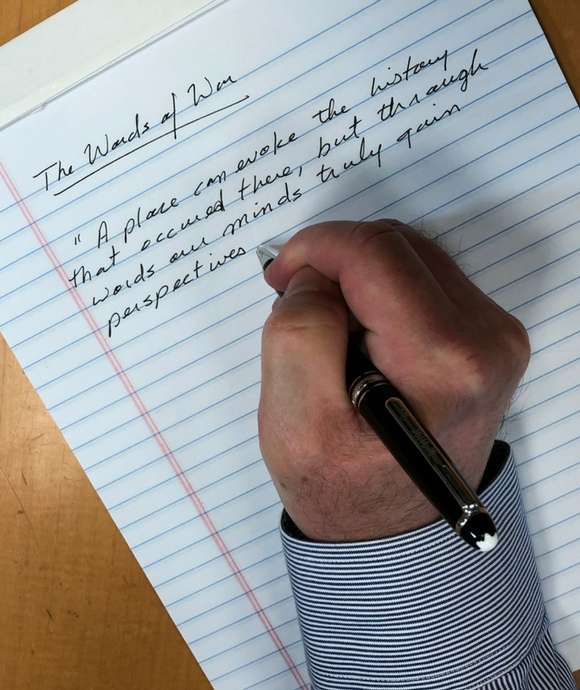
“A place can evoke the history that occurred there, but through words our minds truly gain perspectives and understanding of what it was like to know, feel, experience, hope, fail, triumph, and live through events from which we ourselves were absent. The written word is our most intricate map to retrace and reconstruct what we think happened, and ultimately brings us back to ourselves.”
– Keith Huxen, PhD, Senior Director of Research and History, The National WWII Museum
Keith Huxen
Keith is the former Senior Director of Research and History in the Institute for the Study of War and Democracy at The National WWII Museum.
Cite this article:
MLA Citation:
APA Citation:
Chicago Style Citation:
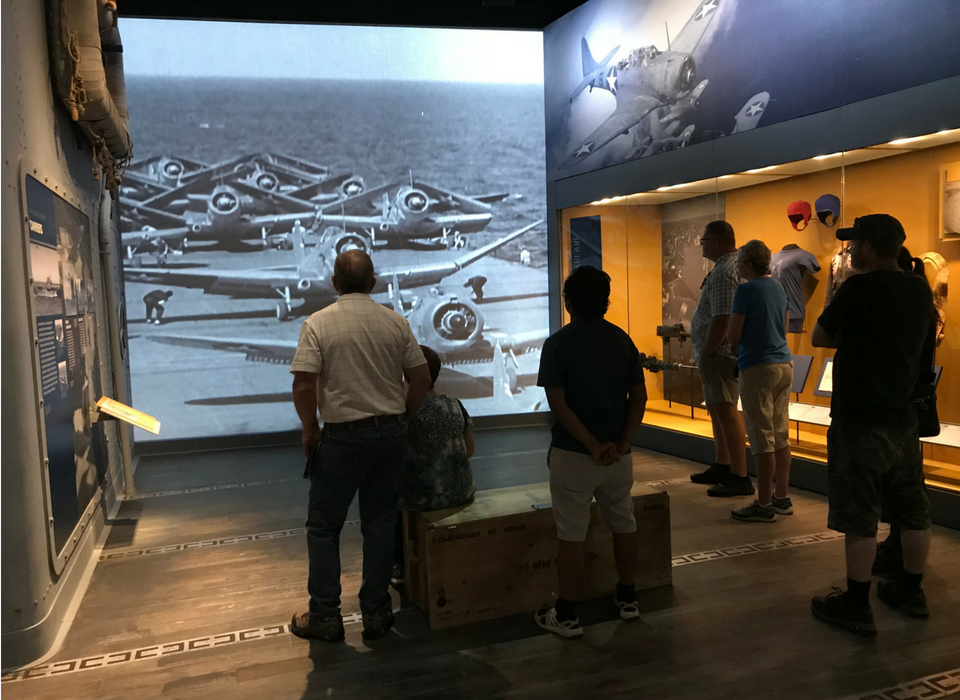
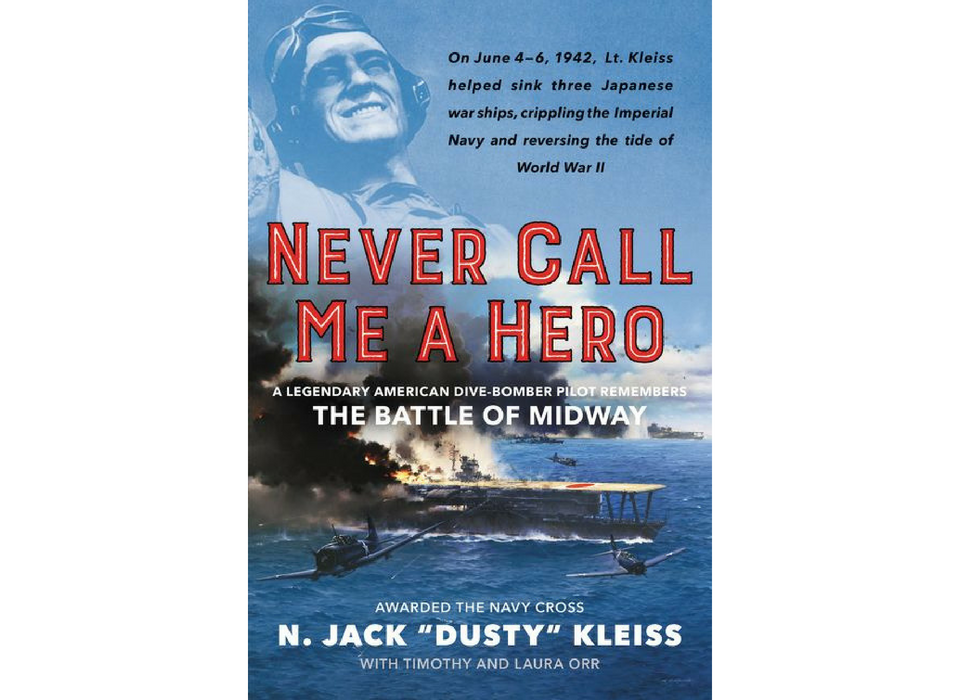

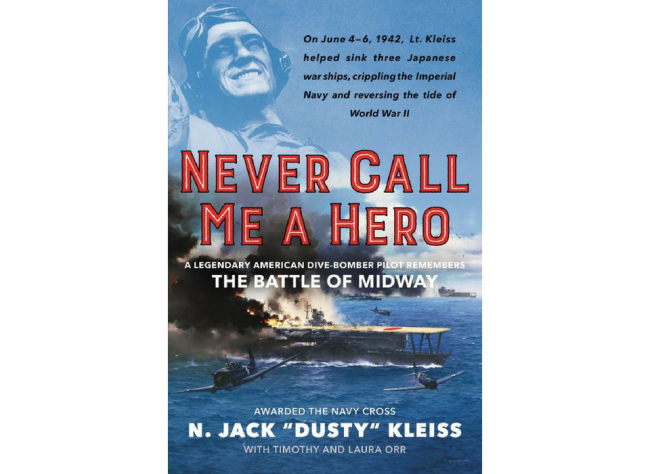
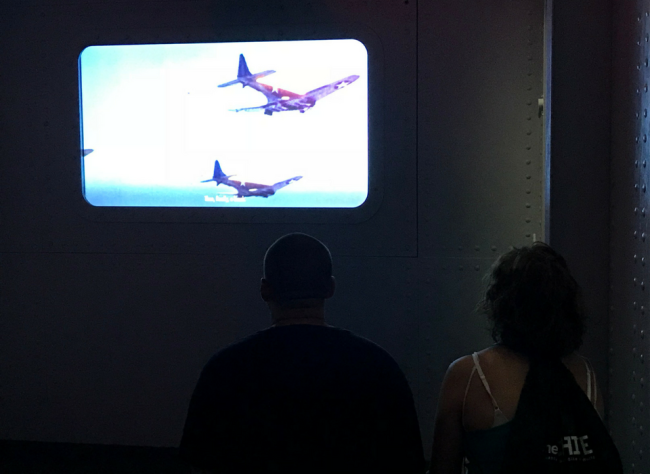





![Max Fuchs, New York City cantor, sings as Rabbi Sydney [sic] Lefkowitz, Richmond, VA, conducts the first Jewish services from Germany.](/sites/default/files/styles/max_650x650/public/2025-10/image1.jpg)

